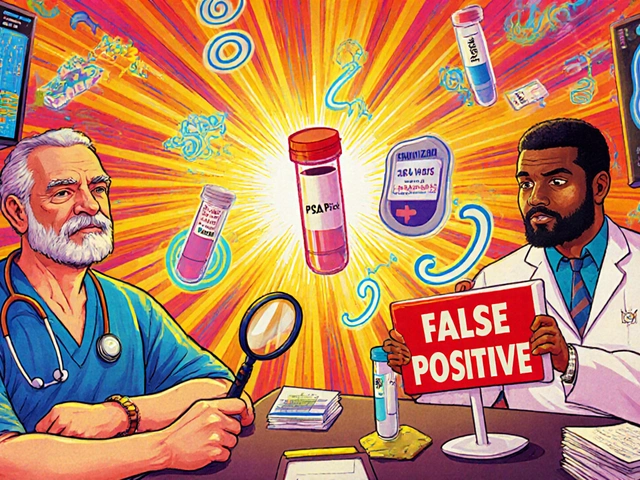Daclatasvir: What It Is, How It Works, and What Alternatives Exist
When treating daclatasvir, a direct-acting antiviral used to cure hepatitis C virus (HCV) infections. Also known as Daklinza, it works by blocking a key protein the virus needs to copy itself—making it one of the most effective tools in modern HCV therapy. Unlike older treatments that relied on interferon and had brutal side effects, daclatasvir is taken as a pill, usually with another drug like sofosbuvir, and cures over 95% of patients in just 12 weeks.
Daclatasvir doesn’t work alone. It’s almost always paired with sofosbuvir, a nucleotide analog that stops HCV from replicating its RNA. Together, they form a powerful combo that works across all major HCV genotypes. This matters because hepatitis C isn’t one virus—it’s several strains, and older drugs failed against some. Daclatasvir + sofosbuvir changed that. It’s also used with ribavirin in certain cases, especially for patients with liver damage or prior treatment failure. The treatment is short, well-tolerated, and doesn’t require injections.
But daclatasvir isn’t the only option. direct-acting antivirals, a class of drugs that target specific parts of the hepatitis C virus now include glecaprevir/pibrentasvir (Mavyret), sofosbuvir/velpatasvir (Epclusa), and others. These newer combos can treat HCV in just 8 weeks and work even in patients with advanced cirrhosis. Still, daclatasvir remains a top choice in many parts of the world because it’s cheaper, widely available, and proven over years of real-world use. It’s also used in resource-limited settings where newer drugs aren’t accessible.
Who benefits most? People with genotype 1, 3, or 4 HCV. It’s also used in patients with kidney disease, since it doesn’t need dose adjustments. But it’s not for everyone—those with severe liver impairment or taking certain heart meds like amiodarone should avoid it. Drug interactions are real: some statins, seizure meds, and even St. John’s wort can mess with daclatasvir’s levels. Always check with your doctor before starting.
The real win? Curing hepatitis C means you’re no longer at risk for liver cancer, cirrhosis, or needing a transplant. That’s why even if daclatasvir isn’t the newest option, it’s still a life-saving one. Below, you’ll find detailed comparisons of daclatasvir with other HCV treatments, real-world cost breakdowns, how it stacks up against newer drugs, and what to expect during treatment. No fluff. Just clear, practical info to help you understand your options.
Daclatasvir and Hepatitis C: Finding Support Groups for Patients
Find real support while taking daclatasvir for hepatitis C. Learn where to join free, trusted groups, what to expect, and how to connect with others who truly understand.





